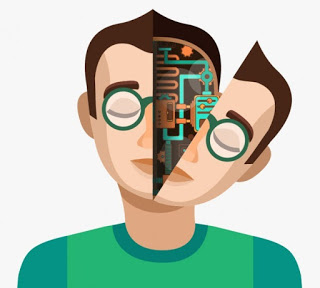Lots of my work has to do with “pedagogical agents.” These are virtual characters employed in electronic learning environments for instructional purposes. But what lies behind the lingo? These are images of beings (humans or inanimate objects) that appear in learning modules or tutorials and “do something”. Some of them can hold a conversation with a learner (conversational pedagogical agents) while others present information, decorate the learning environment, or represent some sort of a persona. The second type of agents I call passive or non-conversational pedagogical agents. This is the type that gets employed the most in pedagogical agent research and this is the type of agent that I am going to bash in this post! :)
Pedagogical agents represent one of those technologies that have been presented as greatly beneficial to teaching and learning. Yet, the difference hasn’t been made explicit. Conversational agents, for reasons that I won’t explore here may be beneficial. Passive pedagogical agents however will not have any lasting impact on learning or any lasting impression on students. This is because:
* Pedagogical agents who merely present information to students are boring. Boring is bad. Let me say that again because educational technology researchers/designers might not have got it the first time around: Boring is bad.
* Pedagogical agents who don’t allow from deviation from the given task are “oppressive”. To be clear, “oppression” here is compatible to (or derived from) Freire’s description of classroom oppression and democracy.
While I do believe (and have empirical evidence) that the pedagogical agent’s representation influences how people interact with them, passivity isn’t the way forward.
Apologies for the negative post – but to move forward we need to talk about these things too :)… Read the rest

